It has been six months since the 2024 SHOT Show and I am only now releasing a write-up on the show.
What happened?
In all honesty, I was not very motivated to recap SHOT Show. Part of it was due to the fact that I was tired from the trip. Normally, SHOT is quite routine for me with few days in Las Vegas and returning home, processing notes and photos, and writing a recap over the next several days.
But this year I went to Arizona for the 2024 NRL Hunter Ghost Hunter match and from there went directly to Las Vegas for SHOT after the 2-day match. When I returned, I was pretty tired and since I recorded footage of the NRL Hunter match, I dedicated my time to editing the VLOG for that match and subsequent post-match content. This resulted in me letting the SHOT 2024 content to lapse.
Furthermore, SHOT 2024 felt very mild in terms of news. I posted several items on Instagram stories while at SHOT, but there was not real trend this year.
I thought about whether I should bother publishing anything on the 2024 SHOT Show given the amount of time that has passed. But I decided to put out a lighter recap of SHOT Show than I have done in recent years just to give my perspective of this year’s SHOT Show.
2024 SHOT Show was business as usual Monday arrival on Day 0 to pick up my badge, and then the Tuesday start (aka Day 1).
In my trek around the 2024 SHOT Show, there really was no trend of product announcements and it was just a hodgepodge of new products coming to market. Last year was heavily focused on custom bolt actions and this year’s show did not have any particular dominating sector.
For those that have never been to SHOT, typically the two large halls (1st and 2nd floor) in the Sands Expo where the show takes place does not open until 0830. But the side halls adjacent to the each of the main halls opens earlier at around 0800. This allows people to get warmed up and check out companies like Kinetic Research Group.
KRG had a couple of new chassis on display including the KRG Bravo Gen 2.
The KRG Bravo is a well-known chassis because when it came out on the scene several years ago, it offered a robust, rigid chassis giving 700 pattern action owners the ability to use AICS magazines at a very competitive price (often found for well under $400 USD). Since the KRG Bravo was initially released, they expanded to support other action inlets like Tikka and Savage.
The KRG Bravo Gen 2 is not a huge leap forward, but a small evolution which focuses on the forend. The forend is a little wider, particularly closer to the aft where they added attachment points for accessories. The accessory surface is on both sides and looks a bit odd for many, but it should accept a 5-slot MLOK rail (without the MLOK nuts) with a direct thread. But it also accepts an accessory like the KRG 2-round quiver.
The bottom of the forend was redesigned to have the flat section extended further back to the magazine well to accept longer Arca rails.
Note that a KRG representative indicated to me that the Gen 2 forend would mate up directly to an original Bravo stock/rear. However, a Gen 2 forend won’t be available as a standalone item for purchase.
The price of the KRG Bravo Gen 2 chassis appears to be the same as the prior Bravo, if not a slight increase. I cannot be sure due to inflation constantly affecting prices. I last bought a KRG Bravo (Remington 700 inlet) in 2021 for $349 while the Gen 2 lists on KRG’s site as of 2024 for $389.
The KRG Bravo Gen 2 should be shipping now. However, keep in mind that KRG does not call out the Gen 2 nomenclature on their website and it is a very quiet update. The official KRG Bravo product page simply refers to it as the Bravo chassis and shows the Gen 2 updates. If you visit retailer websites and look for the Bravo chassis, it is not clear if you are going to get a Gen 1 or Gen 2. This is a bit of a misstep on KRG’s part. If you want the KRG Bravo Gen 2, you will likely want to order direct from KRG or reach out to a retailer and ask them which version they have.
KRG did announce a completely new chassis/stock in the form of the Echo.
The Echo is a Tikka-specific chassis that appears to be a Bravo chassis that was slimmed down in the forend. The apparent goal is to make a hunting-specific chassis Tikka owners. The Echo will only work with factory magazines and has an estimated weight of 2.5 to 2.9 lbs. The price is quite competitive at $299 USD.
Nightforce debuted their Configurable Field Spotting (CFS) Scope 6-36x50mm F1.
First off, this is a variable magnification scope from 6 to 36 with a 50mm objective. Notably, it has a first focal plane reticle (hence the F1 designation), with the option of their MIL-XTs and MOA-XTs, or a Horus TREMOR4 reticle. The MIL-XTs and MOA-XTs are modeled after their existing MIL-XT and MOA-XT reticles used in rifle scopes, and are tailored for use in a spotting scope.
The Configurable Field Spotting Scope gets its name from the fact that it allows the user to configure this spotting scope with various accessories for a given application.
The CFS can use an accessory cage and/or accessory platform (by Nightforce) to add on other items such as night vision, thermals, and laser range finder/designators to create a full spotting scope platform
The Nightforce CFS looks like a very versatile spotting scope, with an overall length of 14.1 inches and starting weight of 33.7 ounces (before all accessories are added), and field of view of of 37.2 ft at 6x and 7.2 ft at 36x (at 100 yards). The MSRP was cited as $2950 USD for the CFS without the accessory cage and $3100 USD with the accessory cage (sold as a kit).
There was a lot of negativity of the Nightforce CFS on social media, specifically people accusing it of being rifle scope repackaged as a spotting scope. Some people remarked that for the price, they should just get a Nightforce ATACR 7-35 and use that as a spotting scope.
What people fail to understand is that spotting scopes are not the same as a rifle scope. The mechanisms for turrets do not exist in a spotting scope as they do in a rifle scope. Not to mention the optics in a spotting scope are built for field of view.
A Nightforce ATACR 7-35 has a field of view of 15ft at 7x and 3.4ft at 35x (at 100 yards). Go back to the specifications cited earlier for the CFS of 37.2 ft at 6x and 7.2 ft at 36x, the field of view difference is obvious. Granted, the FOV of the CFS is not all that great compared to other spotting scopes. In any case, the Nightforce CFS looks like a very interesting spotting scope for those who need an observation optic that can be configured for specific missions. However, I feel like it is very niche and most sport shooters will gravitate towards a more traditional spotting scope.
SWAROVSKI OPTIK announced the EL Range 32 TA laser rangefinding binocular well before SHOT 2024, but I still made my way over to the SWAROVSKI booth to check them out.
I already have the EL Range 42 TA and am quite happy with them, but after checking out the EL Range 32 TA, I almost want to sell my EL Range 42 for these.
From what I can tell in the exhibition hall lighting, the image appears to be just as good as the EL Range 42 and the light transmission isn’t suffering like you would expect a 32mm objective to falter compared to a 42mm. On paper, SWAROVKSI states they both have 90% light transmission. Of course, the math does tell you the 10×32 has a smaller exit pupil and lower twilight factor (square root of the product of magnification and objective diameter in mm) than a 10×42.
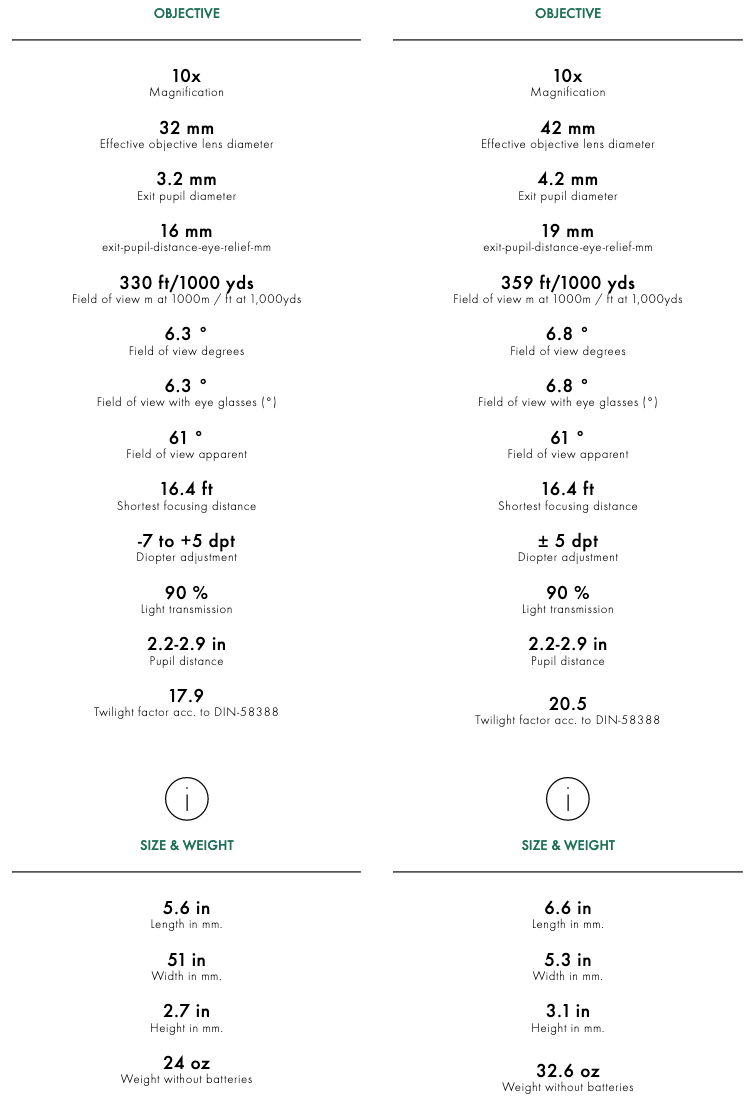
But in speaking with SWAROVSKI representatives, I was told many of the switched the EL Range 32 because they felt they were not losing any low light performance and were gaining a lot in the smaller form factor. If you look at the above chart, the EL Range 10×32 shaves 8 ounces off the EL Range 10×42, not to mention an inch in length and about a 1/3 of an inch in height.
But what is very much noticeable is how the EL Range 32 is smaller because it only has one ‘hump’ on the bottom of the barrel compared to the humps on both barrels of the EL Range 42.
In the above photo, you can see the hump on each of the barrels of the EL Range 42, while the EL Range 32 was able to eliminate some of the electronics and keep them confined to one barrel (right barrel). When holding the EL Range 32 in the hands, it feels a lot more ergonomic than the EL Range 42.
However, one difference that could be important to some is that the EL Range 32 has a maximum measuring range of 1640 yards vs the EL Range 42 with a maximum measuring range of 2200 yards.
Anyway, if anyone is considering the SWAROVKSI OPTIK EL Range and does not need beyond 1600 yards in range finding reach, I would likely go with the EL Range 32 TA.
Going into 2024 SHOT Show, the recently released Garmin Xero C1 Pro Chronograph was already the hot new piece of kit for precision rifle shooters and reloaders. So much so that people have been signalling the end of LabRadar. The week before SHOT 2024, LabRadar announced their own miniaturized chronograph unit in the form of the LabRadar LX, and had it on display on the show floor.
The LabRadar LX appears to be their own answer to the Garmin Xero C1 Pro Chronograph shrinking down the larger original LabRadar unit to 2.5″ x 2.75″ x 2.75″ (comparitively, the Garmin unit is 3.03″ x 2.38″ x 1.36″). The LX is slightly larger than the Xero C1, but in reality, it does feel significantly bigger in the hand.
With current specifications, it also appears that the LabRadar LX is 600 grams vs the 106 grams of the Garmin Xero C1 Pro. The extra heft is due to the aluminum body vs the plastic construction of the Garmin.
I was playing around with the floor units and if I recall correctly, they were loaded with non-production, demo software.
That being said, at the time I was not sure if the LabRadar LX would be as intuitive to use as the Garmin Xero C1 Pro Chronograph. Since SHOT 2024, the LabRadar LX was released and is currently available. I took a look at the user manual and the menu system seems to be a bit easier compared to the original LabRadar and the arming and disarming of the radar isn’t as mysterious as the original. However, from a ease of use standpoint, I personally feel I would have read the manual before using a LabRadar LX, unlike with a Garmin Xero C1 Pro.
The LabRadar LX does come with a mini-tripod, similarly to the Garmin Xero C1 Pro and has an MSRP of $599.95 USD which also mirrors the Garmin. LabRadar cites that the LX has a 65 to 5000 foot per second velocity reading range capability and the unit is made in Canada.
As I mentioned earlier in this article, I was at the NRL Hunter Ghost Hunter match prior to SHOT and the LabRadar LX was being talked about amongst competitors. The general consensus mirrors my own thoughts is that the LabRadar LX might be a good chronograph and an improvement over the original LabRadar. However, LabRadar is playing catchup to Garmin and LabRadar has done a lot to lose favor with the shooting community by not doing enough in the past. Lack of updates or upgrades, especially with regards to the poor Bluetooth connectivity and phone app, and stories of poor customer service spread on the Internet. Only until the LabRadar was challenged did they finally release their new iteration in the LX. So people are a bit soured with LabRadar.
I feel that the big edge to Garmin aside from being able to address ease of use, simplicity, and form factor is their strength in software. Garmin has its hands in a lot of other sectors notably GPS units, satellite communication devices, and watches, and thus, have a wealth of experience in software development and UI/UX (user interfaces / user experience). Hopefully LabRadar can improve its software engineering lifecycle and improve customer service in order to retain its place in the market and community.
Notably, I did see another chronograph on the show floor from Caldwell dubbed the Velociradar.
Given where Garmin has taken the radar-based chronograph, I was surprised to see a large form chronograph. However, the Caldwell Velociradar uses what they call chirp radar technology. The premise of chirp radar is that it uses an array of antennas to transmit and receive multiple pulses of radar waves to get continuous and repeated readings as the bullet travels down range.
Thus, this is supposed to get the true velocity over distance and calculate BC. However, it appears that it may only be able to calculate BC out to 100 yards, which may not be very useful to most people.
The unit itself seems to be constructed relatively well. The body is plastic and has a color LCD with very large buttons which will be better for less tactile situations (gloves hands).
The Velociradar was initially announced at SHOT 2024 with an MSRP of $499.95 USD with a May 2024 release date. However, as of July 1 it has yet to be released and was increased to an MSRP of $549.99 USD.
I am indifferent to the Caldwell Velociradar. The chirp radar technology is what sets it apart from the LabRadar and Garmin doppler radar units. However, I am not sure if the ability to calculate BC out to 100 yards is enough of a selling point. But it is good to see companies trying to push existing technology to find possible improvements.
MDT had a couple of interesting new shooting accessories on display at the 2024 SHOT Show.
The first being a target hit indicator system dubbed the Echo.
The Echo uses radio channels to transmit from the hit indicator to a base station. Unlike most hit indicators currently on the market which use a flashing light, the MDT Echo sends a signal to the base station and the base station gives an audible alert on a hit. Furthermore, the sending unit is given an identifier such as “Target 1” or “Target 2”. So if target 1 is hit, the base station will audibly say, “Target 1”.
The hit indicator (sender unit) fits on the back of the target and functions based on vibration / shock.
Apparently, indicators and the base stations must have the antennas line of sight and thus, the antenna has to be exposed. Each base station can handle up to 8 target indicator sending units.
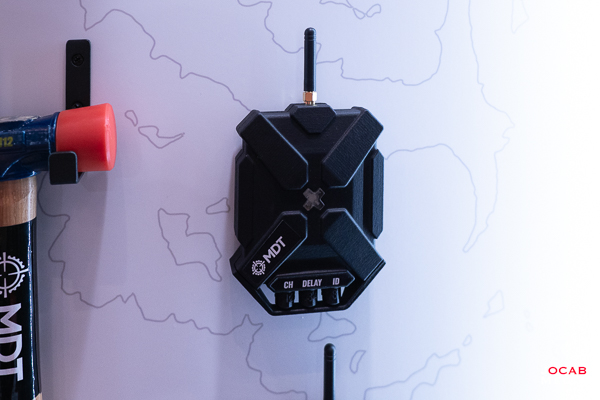
There is no MSRP and a mid-2024 release date.
This looks very cool in terms of being a more versatile hit indicator system, especially for large matches where there are multiple targets per stage and longer distances.
However, I am suspicious that these will be relatively expensive. Furthermore, I am a bit concerned about the aspect of these needing to be line of sight with regards to the antenna. There is a lot of potential to destroy antennas. Even if the antenna is not directly shot, I can only imagine that bullet fragments after repeated impacts on steel will eventually destroy the antenna.
The other new accessory from MDT that I was most excited for is the Crush It stage timer.
This is designed to mounted directly to a rifle and provides a stopwatch for a match competitor. It looks very much like the SEND iT level from MDT with a similar body and the same mounting system.
The notable features of the MDT Crush It stage timer are:
- Display can be configured for horizontal and vertical display.
- Tone, volume, and beep can be adjusted.
- Speed and interval adjustments.
- Stopwatch Mode.
- Compatible with MDT LRA MV3 mounts.
- Long battery Life.
- Can attach to a pressure plate for activation.
The reason why I was so excited by this product is because I have never found a good rifle mounted stopwatch. Everything I have seen since I was an NRA/CMP High Power (Service) Rifle competitor has been a kludgy adaptation of regular stop watches or countdown timers on DIY mounts.
There was no MSRP at the time as I write this, MDT released the Crush It units on July 4 (shipping the following day) at an MSRP of $249.95. This is a very expensive stage timer, but from what I have seen and the production specifications, this is a very versatile timer that can be used for multiple disciplines.
Note that I will have one in hand when or before this article is released and will be discussion the MDT Crush It stage timer more in depth in videos and a review article.
MDT was first noticed for their chassis systems and they did announce a new chassis in the form of the ACC Premier Gen 2.
The ACC Premier Gen 2 is the revision to the ACC Premier. The revision essentially brings it in line with the ACC Elite in terms of the foreend being stiffer and being able to accept the same top foreend accessories like the NV Bridges. The foreend is shorter down to 15″ from 17/18″ on the Gen 1, which will make the Gen 2 more appealing for shorter barrelled platforms (e.g., rimfire rifles with 20″ barrels).
Most notably is the new MSRP of $999.95 USD which is $300 less than the MSRP of the ACC Premier (Gen 1) at $1299.95. This is a phenomenal price point for a quality chassis and is going to become a go-to chassis for those not wanting to spend on a flagship chassis (e.g., KRG C4, MDT ACC Elite) that exceeds $1500.
The other new product that was exciting to me is from TriggerTech.
If you look at the above photo you might be quite shocked at what your looking at. TriggerTech is renowned for their excellent bolt action rifle triggers as the TriggerTech Diamond is considered one of the best precision rifle triggers on the market.
But what you’re seeing here is a TriggerTech logo on a Glock trigger, where Glock triggers are quite polarizing. Glock owners have tried many modifications over the years, swapping out OEM springs to getting new trigger kits from third-party manufacturers. Yet these efforts seem to be in vain as many want to replicate the crisp consistent trigger pull of a match grade 1911.
Enter TriggerTech.
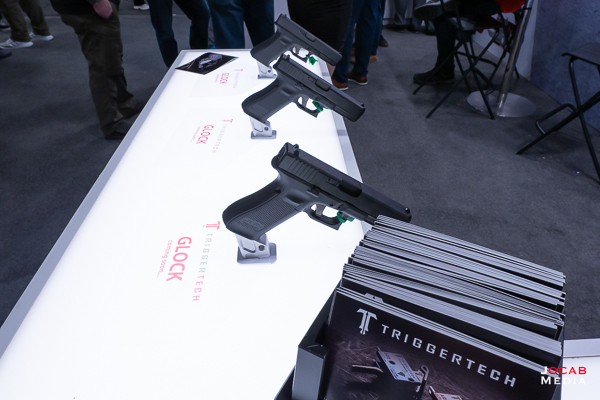
I became aware of some development of a Glock trigger by TriggerTech a couple years ago, but only at SHOT 2024 did I finally see something produced. They had multiple samples on display and I will say that they were incredibly consistent. I dry fired them repeatedly and they all had a close to glass-break type of trigger feel. The wall was solid and once the pull weight was achieved the trigger broke and the striker fell. The resets were also very comfortable.
There is going to be a lot of controversy on whether or not you should run a modified trigger for a carry gun. The TriggerTech will like see it’s place in match use. However, I believe they may be creating one specifically for duty use.
I am excited to see the production units hit the market to see if TriggerTech can crack the code of improving the Glock trigger.
Anyway, that is my short list of highlights from this past SHOT Show in January 2024. I apologize for the very late and condensed recap of this year’s SHOT compared to my prior After Action Reports. I have been very lax in my writing this year and am actually behind on some of articles I intended to write at the end of 2023. I hope to get back on track with my writing in general and I will make the effort to release the 2025 SHOT Show recap in a more timely fashion.

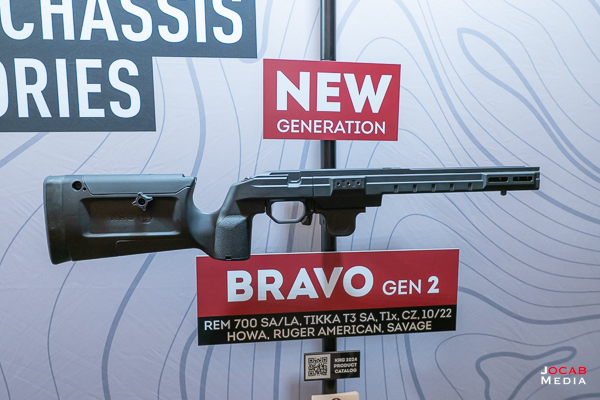
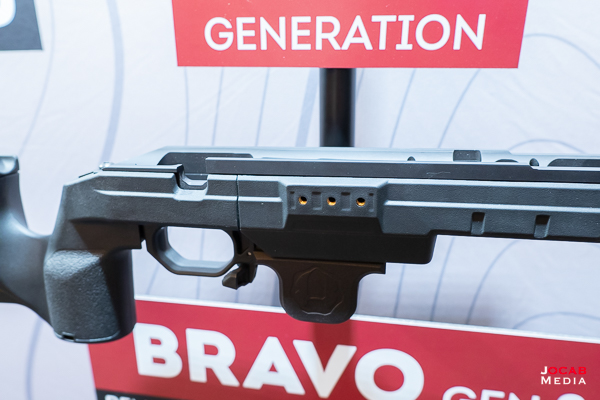
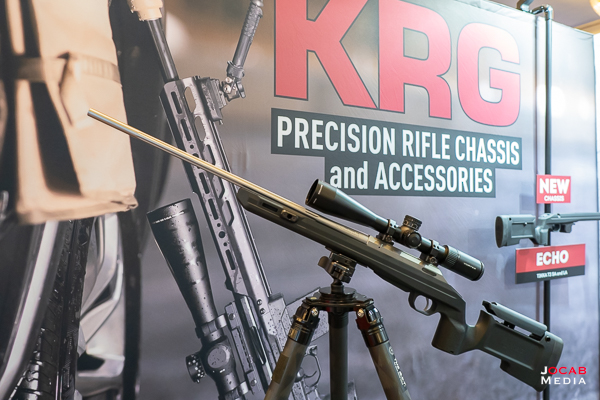
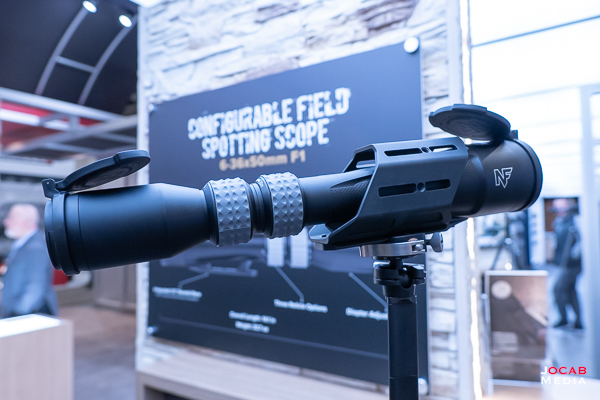
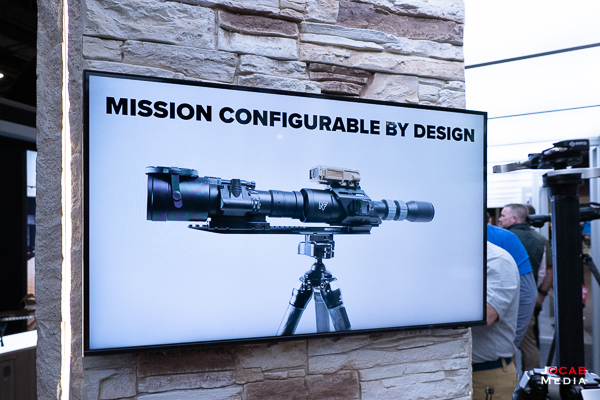
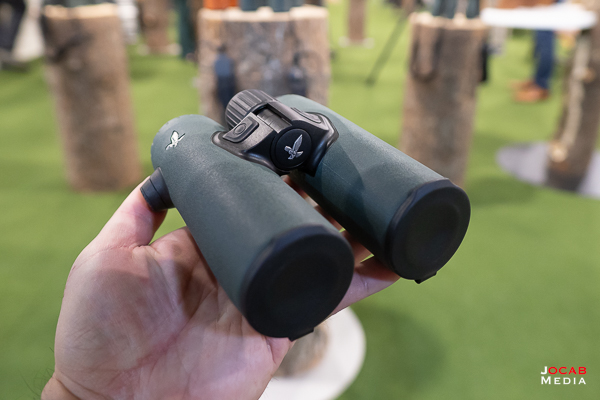
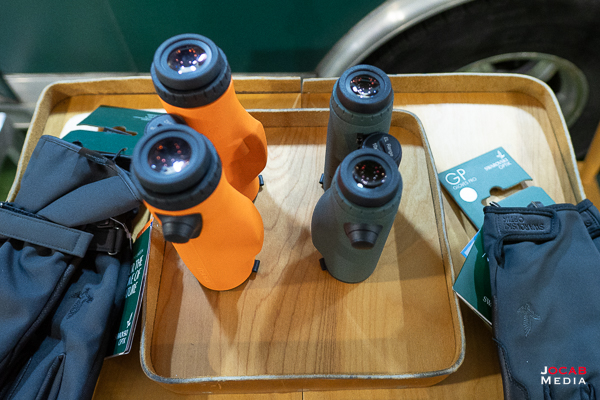
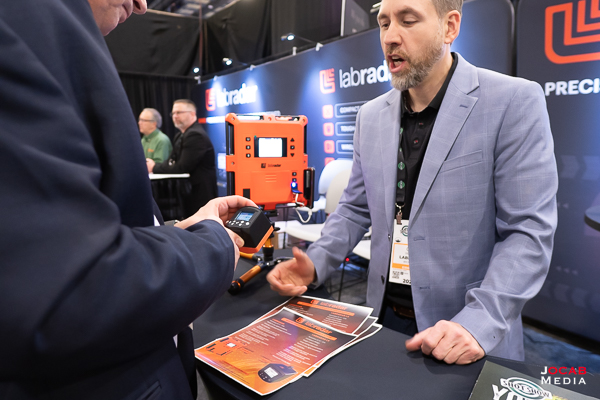
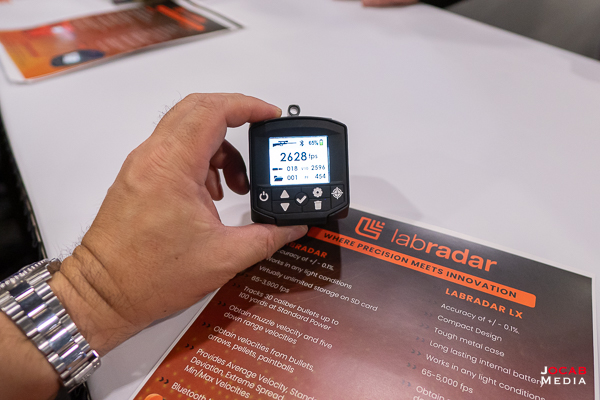
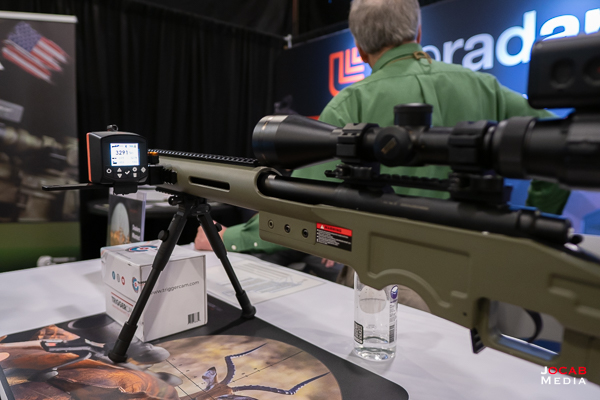
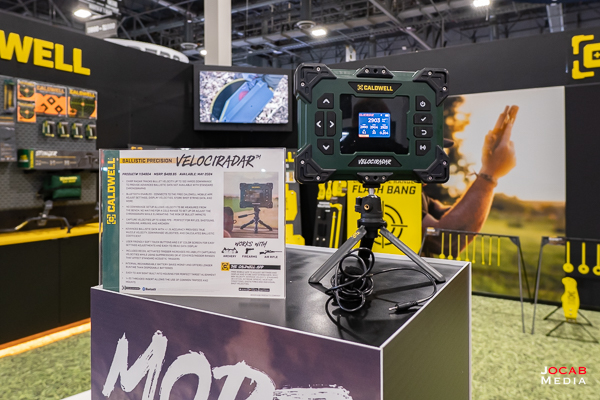
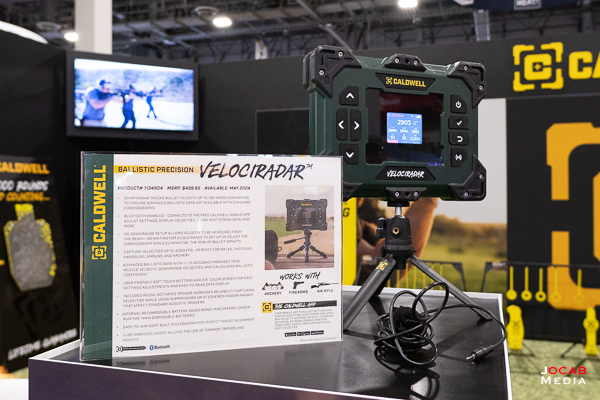
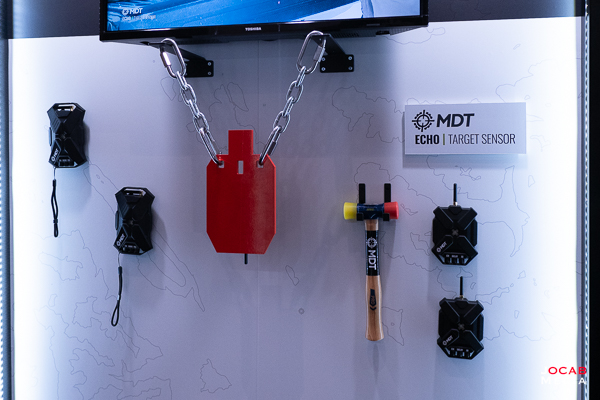
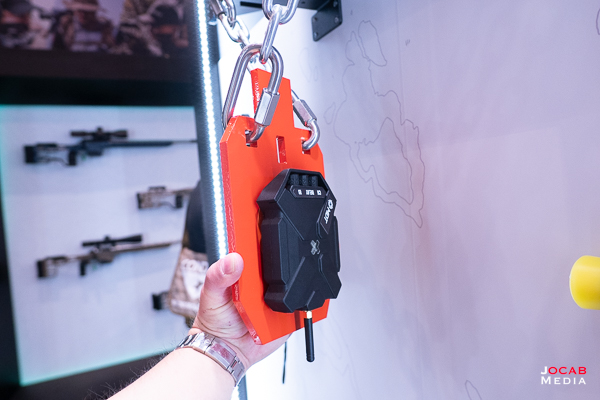
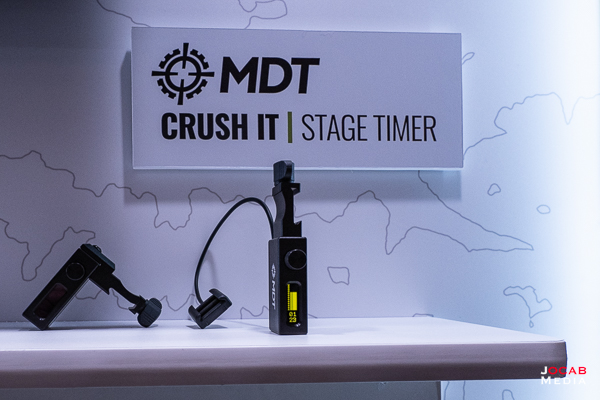
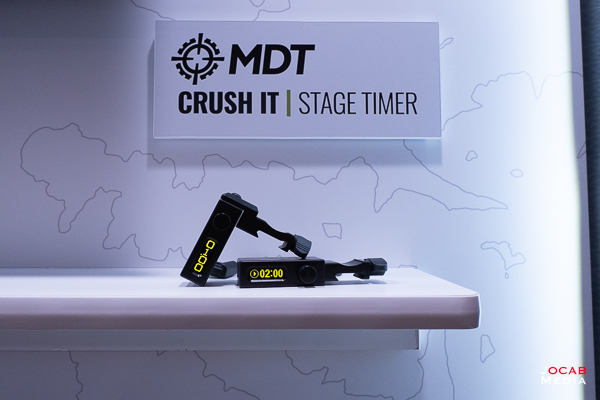
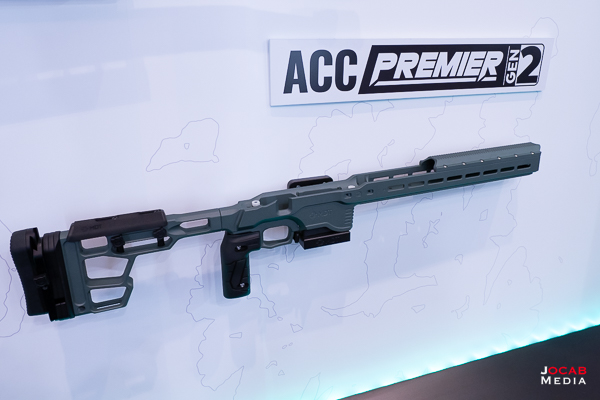
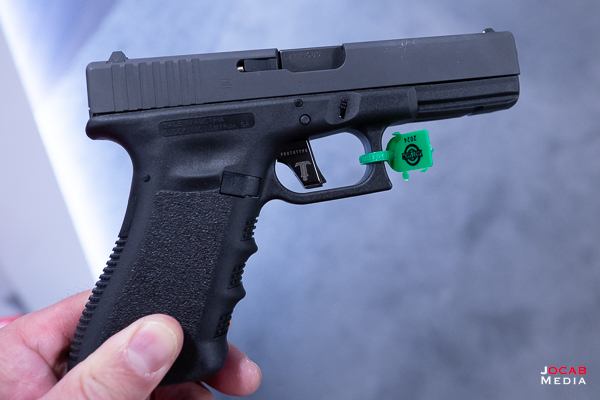
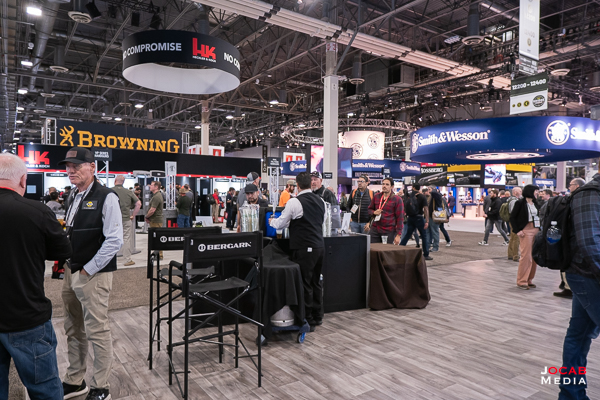
Comment on this post